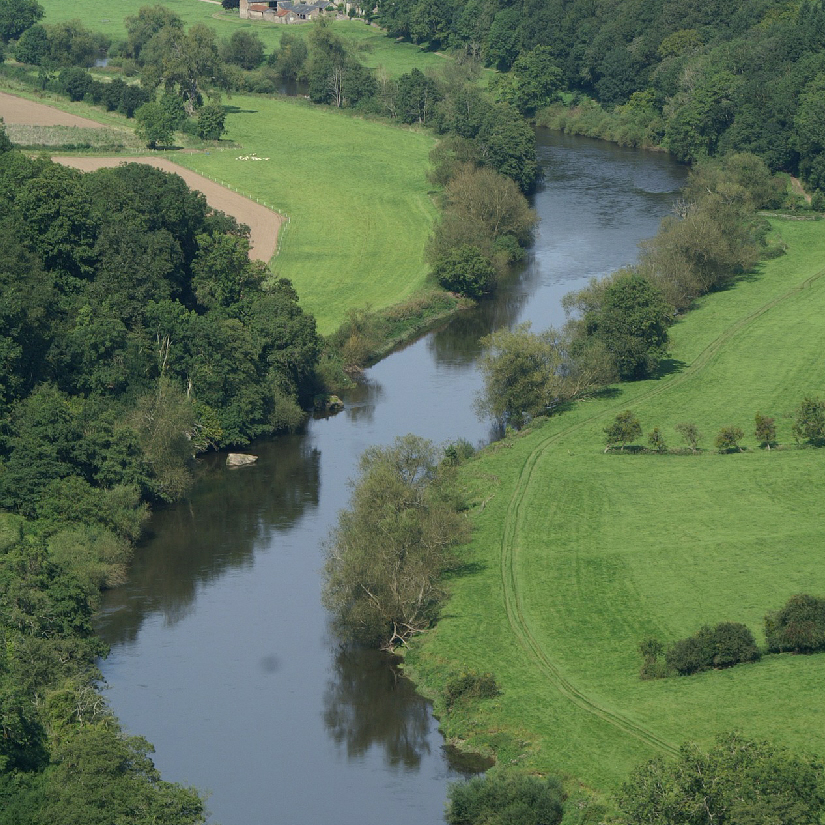
The UK’s Most beautiful forests
Only 13% of the UK’s land is covered in woods and forests–one of the lowest percentages by both European and global standards. This lack of tree cover increases the threat of deforestation, which could have serious economic and environmental consequences.
To mitigate these risks, the UK Government as well as private and public sectors have started various initiatives to help save the UK’s forests and woodlands.
The Benefits of Forests and Woodlands
Woods are crucial in keeping the UK’s ecosystem alive. With a fifth of the UK’s mammals at high risk of extinction, as a result of policy-driven agricultural change, urbanisation, and growing concerns as to climate change, the country’s woodlands are a lifeline to these animals, providing shelter and food. Preserving forests is key to preventing extinction on this scale.
On a more global scale, more trees help reduce carbon footprint, which helps mitigate the effects of climate change. It also improves nature’s resilience, allowing ecosystems to react better to changes.
Apart from the ecological and environmental implications, these areas allow the public to reconnect with nature, which has been shown to have significant educational, psychological and social advantages.
The University of Essex found that connecting with nature provides an effective alternative way to improve one’s mental well-being, especially since 1 in 4 people in England will experience mental health issues every year.
Meanwhile, a large-scale study conducted by the University of Derby involving 30 days of asking people to engage with nature every day – with activities ranging from the transient, such as smelling a flower or following a bee, to the involved, such as climbing a mountain, planting flowers, or exploring a local wild place for the first time – found that participants showed significant increase in their mental and physical health. These results were even sustained months after the challenge was completed.
6 UK Forests You Should Explore
If you want to be close to nature and reap the personal and ecological benefits of this activity, pen these locations in your calendar and visit them the next time your schedule frees up:
1. Forest of Dean, Gloucestershire

The Forest of Dean traces it roots back in the 16th century, when coal mining, forestry, and iron working were its main sources of trade. This is one of the last remaining ancient woodlands in England, and is the first National Forest Park in the country.
The Forest of Dean is lined with oaks, beeches, larches, and sweet chestnuts. Bluebells and daffodils bloom during spring, while the scents of apples, pears, blackthorns, and elders fill the air. Autumn changes the landscape to display a panorama of reds, yellows, and golds.
If you’re lucky, you might be able to spot the elusive wild boar while you ride your bike through the trails.
2. Tollymore Forest, Northern Ireland

Tollymore Forest Park is a 630-hectare woodland brimming with flora and fauna. Its animal population include fallow deer, red and grey squirrels, great spotted woodpeckers, kingfishers, dippers, and mandarin ducks, among others.
The Tollymore Forest arboretum is one of Ireland’s oldest. It is home to trees like the giant redwood, ash, beech, birch, larch, Himalayan cedar, willow, and oak, among many others. Oak coming from this forest was used to design the interior of White Star Line ships, including the RMS Titanic.
Among its appeal include its Gothic gate arches and follies. Northern Ireland’s first state forest park is also known as one of the location shoots for the hit TV show Game of Thrones.
3. Sherwood Forest, Nottinghamshire
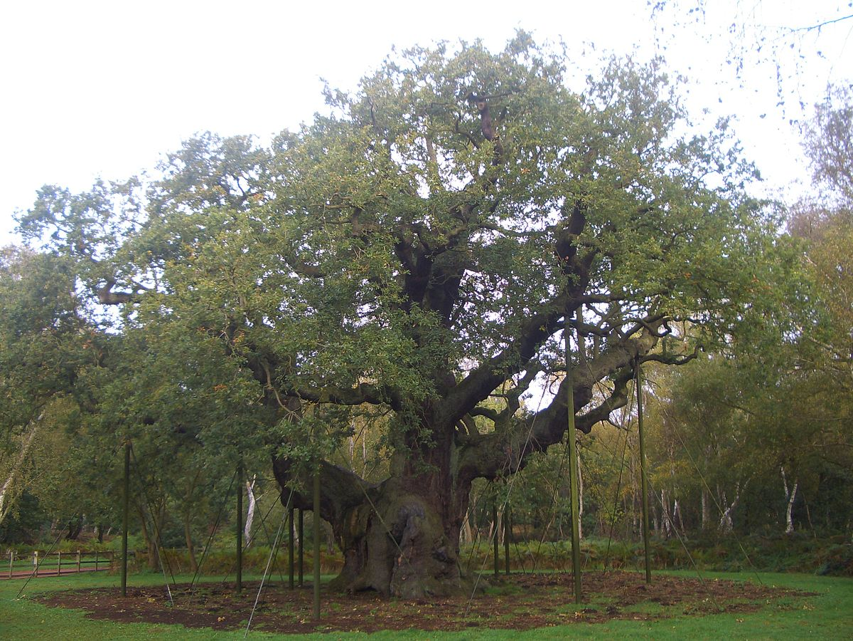
One of the most famous forests in the UK, Sherwood Forest is historically associated with the legend of Robin Hood. The Major Oak (pictured above), an 800 to 1,000-year old tree, is said to have been the famous outlaw’s hiding spot.
Given its fame, this forest welcomes around 350,000 to one million tourists every year. Its 375 hectares of National Nature Reserve is home to hundreds of wildlife species, ancient oak trees, conifers such as pines, firs, and cedards, and fruit trees. This once royal hunting ground now accommodates families and individuals who want to experience the tale of Robin Hood and his Merry Men.
4. Glentress Forest, Tweed Valley
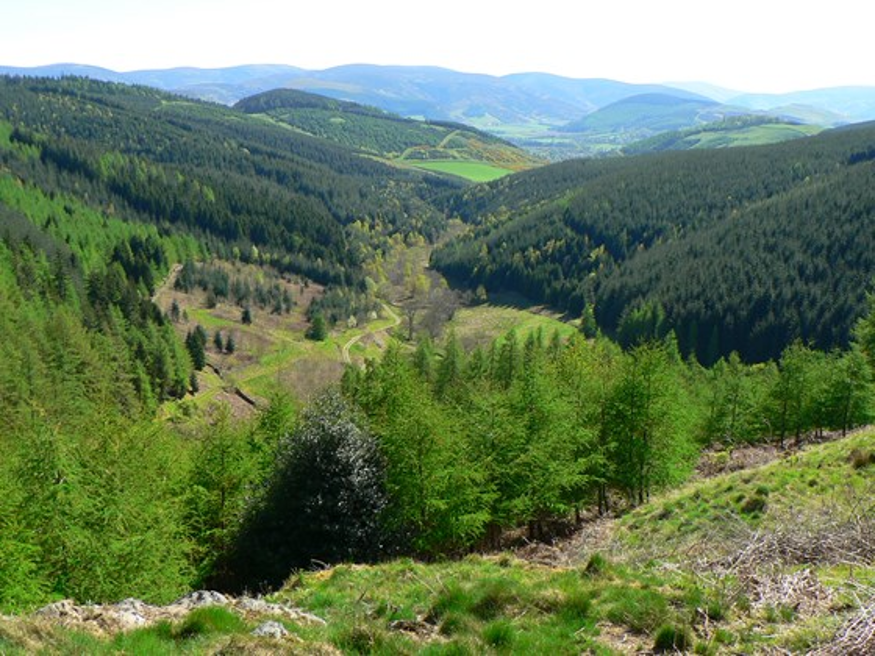
Glentress Forest is a well-known mountain biking mecca for the newbie and the enthusiast alike. Its award-winning trails and 7stanes mountain biking centre continue to attract bikers from all over the world.
Those who prefer to walk will be greeted with airy views of the River Tweed and 1,500 hectares of woodland trees that date back to the Bronze and Iron Ages. Spruce, pine, and fir are often sold as Christmas Trees.
You’ll also see a variety of woodland birds including kestrels, ospreys, and owls, and this forest is roamed by mammals such as squirrels and roe deer.
5. The New Forest, Hampshire
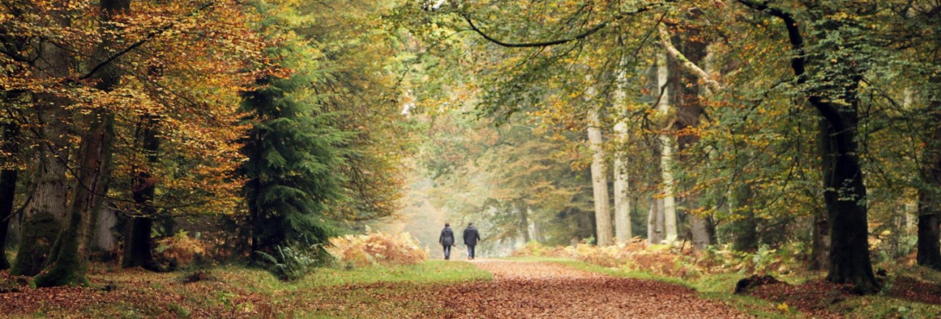
The New Forest is an ancient woodland believed to have the highest concentration of ancient trees in Western Europe. It spans the length of southwest Hampshire to southeast Wiltshire.
William the Conqueror named this forest as royal land in 1079, with his ancient system of maintaining the area’s trees still in practice today. As such, the land thrived and continue to be home to 1,000 tree species like the redwood, holly, beech, oak, ash, elm, and yew, among many others. Most of these trees are 400 to 1,000 years old.
Bluebells and celandines create a colourful carpet on the woodland floor; you’ll also see wild garlic, grasses, and sedges. With a flourishing flora, wildlife also thrived with the New Forest trees creating homes for bats, beetles, fungi, and lichens–all of which rely on old trees.
6. Kielder Forest, Northumberland
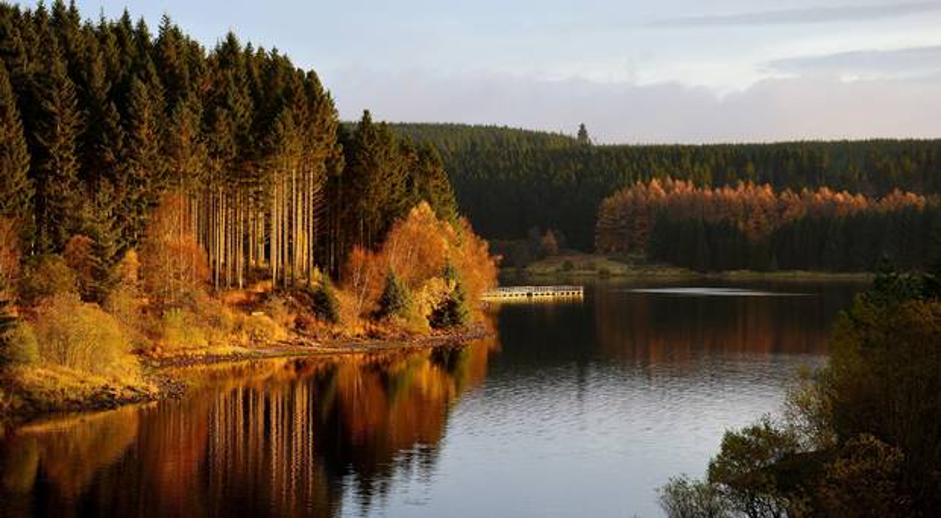
Kielder Forest is the largest man-made forest in the country. Its entire 65,000-hectare (250 square mile) area covers the Kielder village and the water reservoir, with about three-quarters of its land covered by trees.
Most of the tree species here are conifers, with sitka spruce leading in number. You’ll also see Norway spruce, Scots pine, larch, Douglas-fir, birch, rowan, cherry, willow, and many more. Half of England’s red squirrel population live in this forest, often seen by the waterside. Birds of prey have also nested in Kielder Forest, while roe deer roam free.
There are ecological, economical, and personal benefits to visiting these forests. However, make sure that you also take care of the footprints you leave in these areas. As any outdoor loyalist would know, when interacting with nature you should “take only pictures, leave only footprints”.
